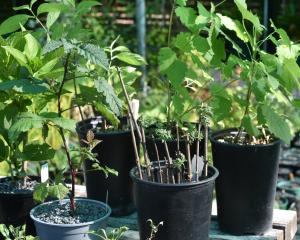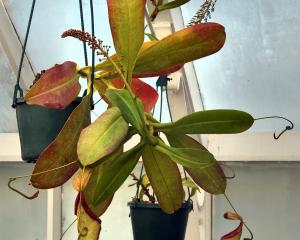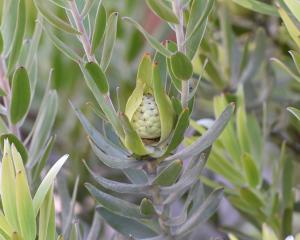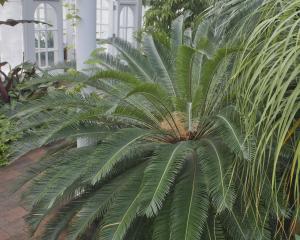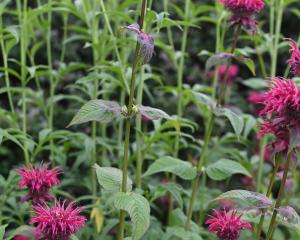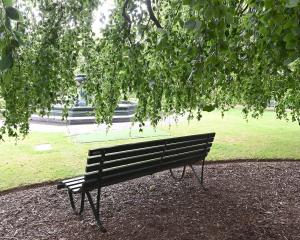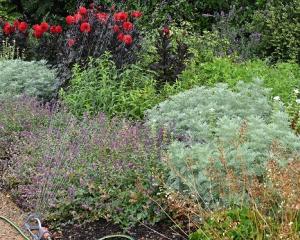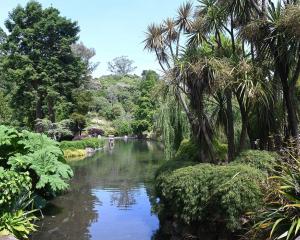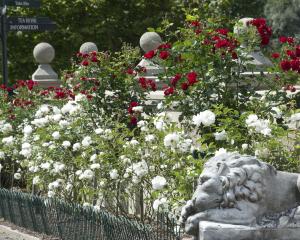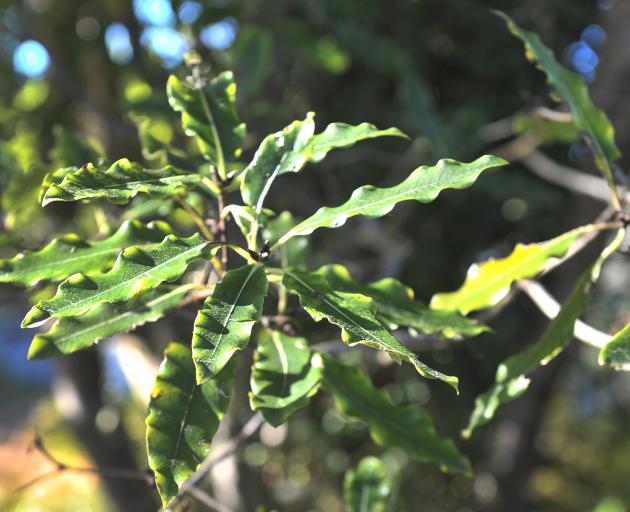
Where flowers offer up a temporal fragrant delight to the senses, foliage scents tend to persist year-round.
Scent is caused by molecules known as volatiles, chemicals that vaporise when released from a plant. These tiny molecules spread through the air, where our noses, and the olfactory organs of other mammals and insects, sense the odours.
To date, approximately 1700 different plant volatiles have been recognised. These, in all their plant species-specific combinations, act as a language that plants can use to communicate with their surrounding environment. Where flower scents attract specific pollinators, foliar scents reduce their attractiveness, thus increasing their defensive role in deterring browsers.
Pittosporum eugenioides, commonly called tarata or lemonwood, is a delightful example of one of our native trees with scented foliage. Tarata was used by Maori in perfumes, sometimes in combination with taramea, the scented gum from alpine speargrass. Endemic to both the North and South Islands, it is a common sight in the bush areas of Dunedin Botanic Garden.
Replete with the fragrance of foliage and flowers, it is the fragrant leaves and wood gum that give the name lemonwood. When the pale-green ripple-edged leaves are crushed, a lusciously lemon scent is imparted. Try brushing past its foliage and breathing in its scent.
Garden Life is produced by Dunedin Botanic Garden. For further information, contact Toni Robertshaw.




